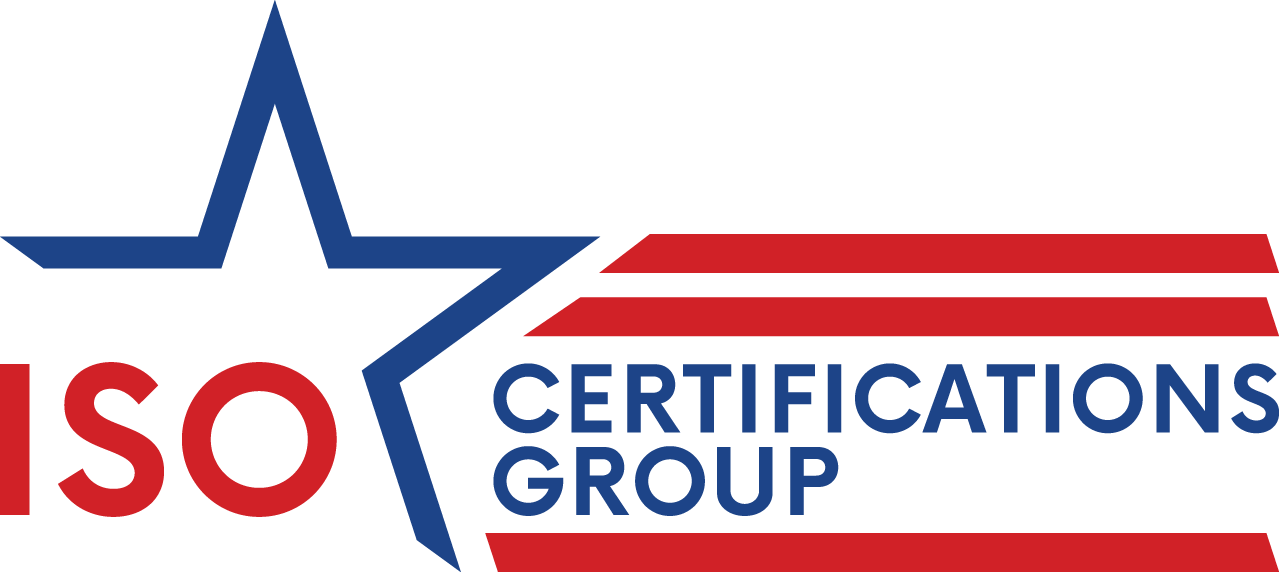A variety of environmental risks exist in virtually every industry for organizations and businesses. How can an organization manage environmental risks, and improve environmental performance? The ISO 14001 environmental management system (EMS), is one of the world’s most popular environmental management systems. In fact, the United States Environmental Protection Agency (EPA) has developed and maintained an EMS in each office and lab. ISO 14001 environmental management system (EMS), helps identify, monitor, control and improve environmental issues in a systematic manner for organizations and businesses of any type or size.
Organizations that are considering implementing an ISO 14001 environmental management system should be aware of the key elements of the standard:
• Leadership and commitment – ISO 14001 requires Top Management to take accountability for the effectiveness of the environmental management system and demonstrate leadership for the EMS.
• Environmental Policy and Objectives – Organizations will need to establish a documented environmental policy that communicates their commitment to protect the environment, fulfill compliance obligations and continually improve the EMS to enhance their environmental performance. The environmental objectives will need to be consistent with the environmental policy, measurable, monitored, communicated and updated as needed.
• Personnel Competency and Awareness – Organizations will need to ensure that employees are properly trained. Employees should then be able to demonstrate competency. Organizations also have the responsibility for ensuring employees are aware of the environmental policy, environmental aspects associated with their activities and any implications of not complying with the management system.
• Internal and External Communications – Clear, concise, and transparent communication with internal and external parties is a fundamental aspect of ISO 14001. Management will need to be involved with determining the frequency and the content of the communication. Effective communication is critical to responding to environmental impacts in a timely manner.
• Control of Documents and Records – Documented information required for the environmental management system, including procedures and records, are required to be controlled and maintained by the organization.
• Operational Controls – Regardless of their industry, organizations must ensure that processes and documentation are established for the planning and controls of operational activities in line with their environmental requirements and the ISO 14001 life cycle perspective.
• Emergency Preparedness and Response – Organizations will need to control the environmental risks associated with their activities. Emergency preparedness provides the assuredness that they are able to respond if the risk occurs, in order to reduce the environmental impact. This includes testing the planned responses, providing training and communicating the emergency preparedness and response.
• Internal Audit Planning and Program – An internal audit will need to be conducted at planned time frames. An ISO 14001 internal audit will determine if the environmental management system meets the requirements of the standard and whether it has been effectively implemented and maintained.
• Management Reviews – Top management is required to review the environmental management system, at planned intervals, to determine its continuing suitability, adequacy, and effectiveness. Collected EMS data should be reviewed to determine the need for any changes or improvements.
• Nonconformity and Corrective Actions – ISO 14001 specifies the requirements for how to deal with nonconformities and corrective actions, and for documenting associated changes to the EMS.
• Continual Improvement – Continual improvement is used to plan, monitor, and identify areas of improvement in the EMS.
In order for ISO standards to remain relevant to the global marketplace, they are revised regularly. ISO 14001:2015 responds to the increasing need to factor in both internal and external elements that influence the environmental impact, such as climate volatility and other trends. Keeping the standard current through revisions ensures it is compatible with other management system standards. When a revision is published companies have a three-year transition period to migrate to the new edition of the standard.
An ISO 14001 environmental management system provides a systematic and standardized way for organizations around the world to take steps towards making our world more sustainable. If your organization’s products or services have an impact on the environment, consider ISO 14001 as a strategic tool to reduce your environmental footprint. Contact us for information on getting certified or check out our article Becoming ISO 14001 Certified. Check out additional news articles here.

